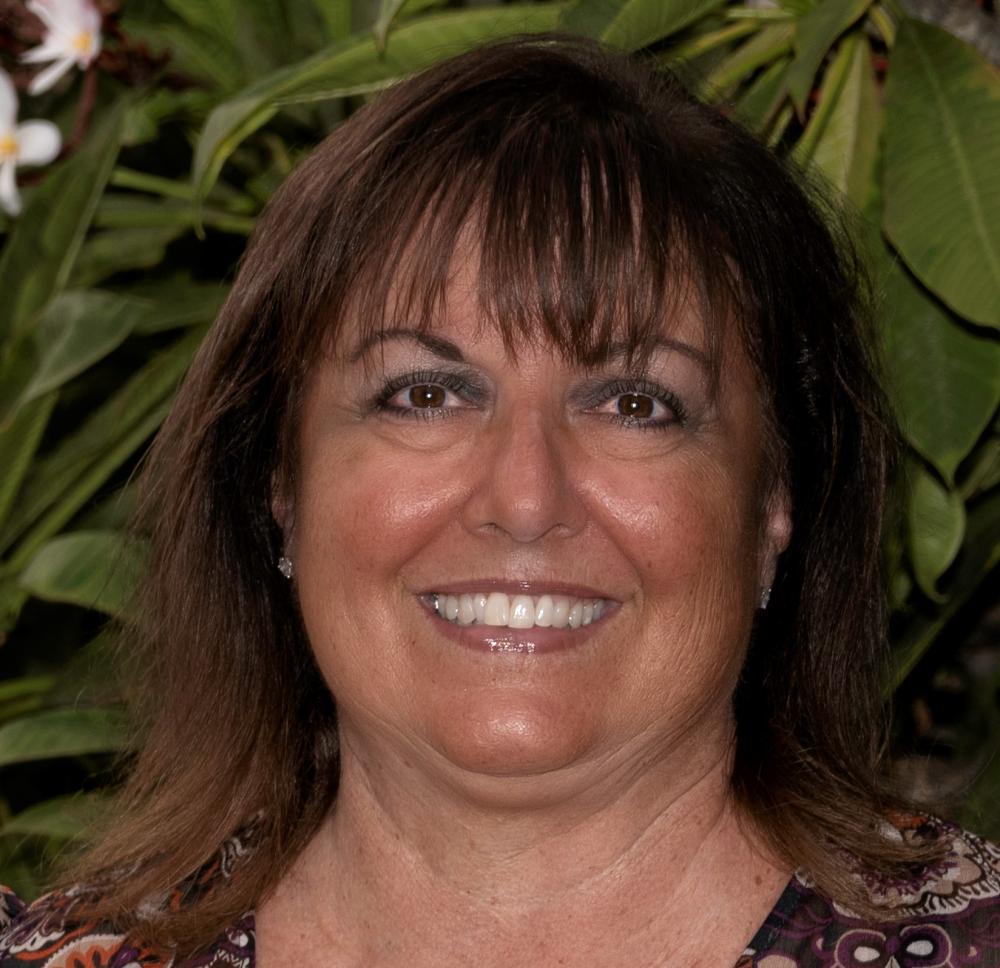
In my first year on the job as Vice President of Operations at U.S. Rubber, I’ve seen many former felons brought on through our second-chance hiring program blossom. One found new success after an internal reorganization gave him more responsibility — now he’s aiming for the CEO’s job. I’ve watched another flourish in his first job ever and exceed everyone’s expectations, including his own. A third is rising to the trust we’ve placed in him by doing whatever it takes to meet his production goals every day.
These employees and others — formerly incarcerated people make up about 50 percent of our workforce — helped us grow our sustainable fitness flooring and acoustical underlayment business more than 100 percent during the first two years of the pandemic. Based on what we’ve learned through our Bounce Back! program for second-chance hires, I’m convinced other companies could achieve similar results.
What it takes is hiring the right second-chance employees and helping them thrive, and that requires resourcefulness, getting the right human resources help and building strong relationships with institutional partners.
Be resourceful to find the right people
Second-chance job fairs through local churches, your county office, parole associations or nonprofits are great sources for potential employees. Get to know the staff at local halfway houses, too, as they can help you identify strong candidates among their residents. Goodwill also has great job training and placement resources for people leaving prison.
Government programs may offer tax breaks and other financial incentives. If we hire someone through San Bernardino County’s Prison to Employment (P2E) On the Job training program, for example, the county reimburses us 50 percent of the employee’s salary for their first 90 days of employment.
Once you find a good candidate, act fast. While it’s important to be deliberate about your selection, the rules of a competitive labor market still apply: You must have a sense of urgency and be ready to extend an offer when a good candidate crops up.
Your second-chance hires deserve specialized human resources help
I strongly recommend that every company building a second-chance employment program hire someone with a psychology background who has experience working with justice-involved populations. Our human resources manager, a psychiatric rehabilitation counselor with over 30 years’ experience, has been an invaluable asset.
She screens all candidates before I interview them. Thanks to her prior work with incarcerated people, she knows the right questions to ask to learn what motivates them and whether they have a strong work ethic, which can be hard to discern if they’re applying for their first job.
These screenings are essential to avoid setting ourselves — and candidates who aren’t a good fit — up for failure. It can take 40 days to train someone to operate our machinery, so unsuccessful hires are costly.
Retention is half the battle — relationships with outside partners can help
Strong relationships with institutional partners and outside service providers are a lifeline for formerly incarcerated people, who often leave prison without basic necessities, and for the companies that hire them.
Many of these individuals lack the documentation needed to start a job. They may only have their prison ID because everything else — driver’s license, state ID, social security card, birth certificate — is lost, stolen or expired. In California, CalJOBS can help employees of in-state businesses access their documents.
Most crucial is building a relationship with employees’ probation officers. We had one employee who was forced to quit his job because his parole officer signed him up for a program that he was having trouble getting to after work. We’ve seen several others miss hours due to last-minute mid-day drug tests. These disruptions are counterproductive to people trying to rebuild their lives, and we now require that all employees on probation provide contact information for their parole officer so we can work with them to organize schedules in a way that makes sense.
Resources like United Way’s 211 help line and county P2E services can help with everything else, from transportation to housing, clothing, food and other essentials.
Everybody wants to be heard
I spent the first 34 years of my career climbing the corporate ladder at Enterprise Rent-a-Car, where I mentored and promoted more than 100 employees. While my prior experience didn’t prepare me for building relationships with parole officers, it did teach me a lesson that’s even more important: Every employee, no matter where they come from or what job they’re doing, wants to be heard and appreciated.
My first year on the job has shown me that this is even more true for second-chance employees than for a traditional workforce. Turning a life around after prison takes effort and long-term dedication. Our Bounce Back! employees tell me that formerly incarcerated people often feel like they don’t matter to anyone, which leads to low self-esteem and trouble trusting authority figures.
By nurturing their strengths and talents, you can give formerly incarcerated employees a point of pride to rally around. By listening to them, taking time to get to know them and showing that you appreciate their contributions, you can break down barriers and build a strong, exceptionally loyal team.
Interested in having your voice heard on 3p? Contact us at editorial@3BLMedia.com and pitch your idea for a guest article to us.
Image credit: Jon Tyson via Unsplash

Leslie Morales is Vice President of Operations at U.S. Rubber in Colton, Calif., a triple-bottom-line business that manufactures high-quality fitness flooring and acoustical underlayment, giving discarded tires a second life and providing employment to a second-chance workforce.














